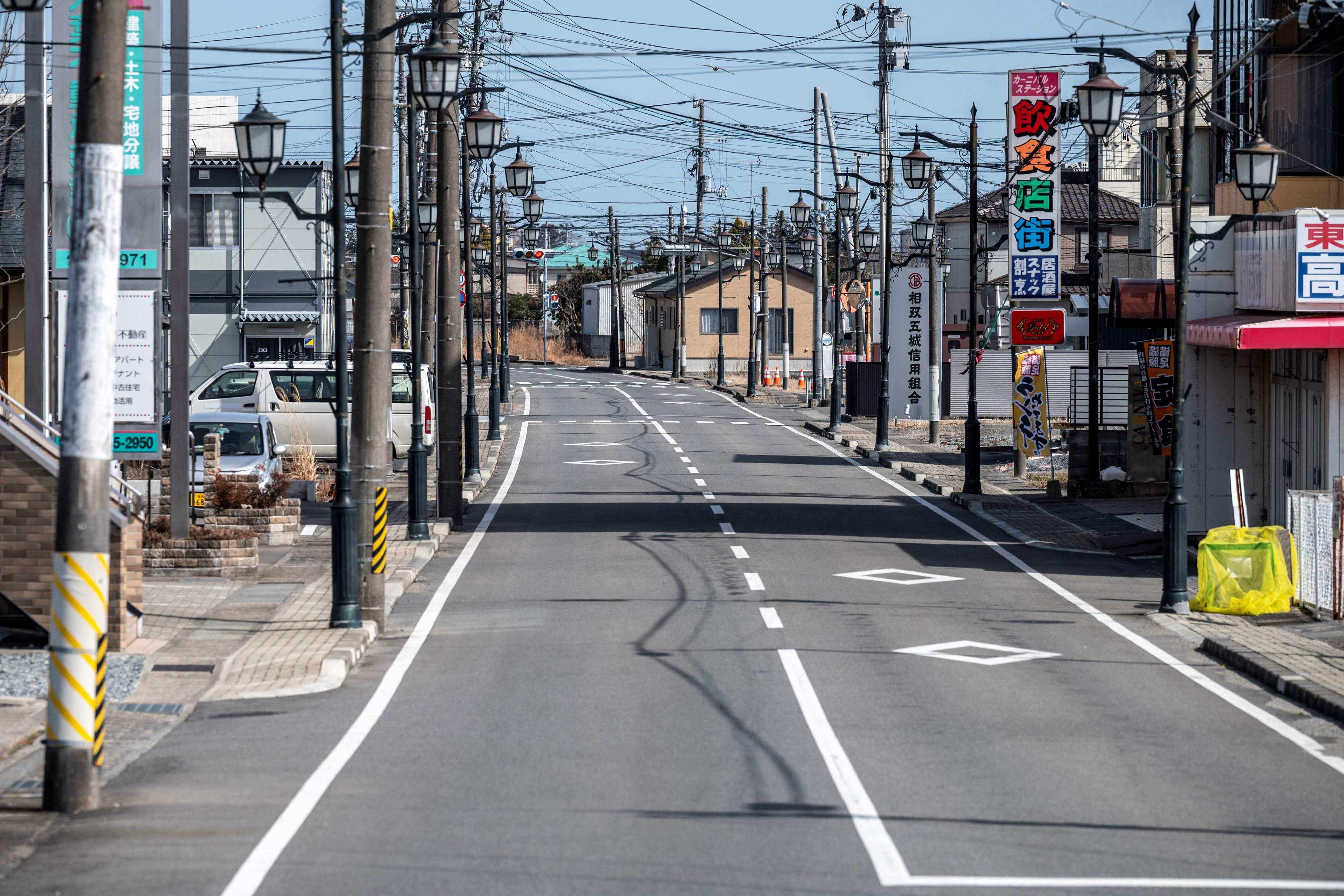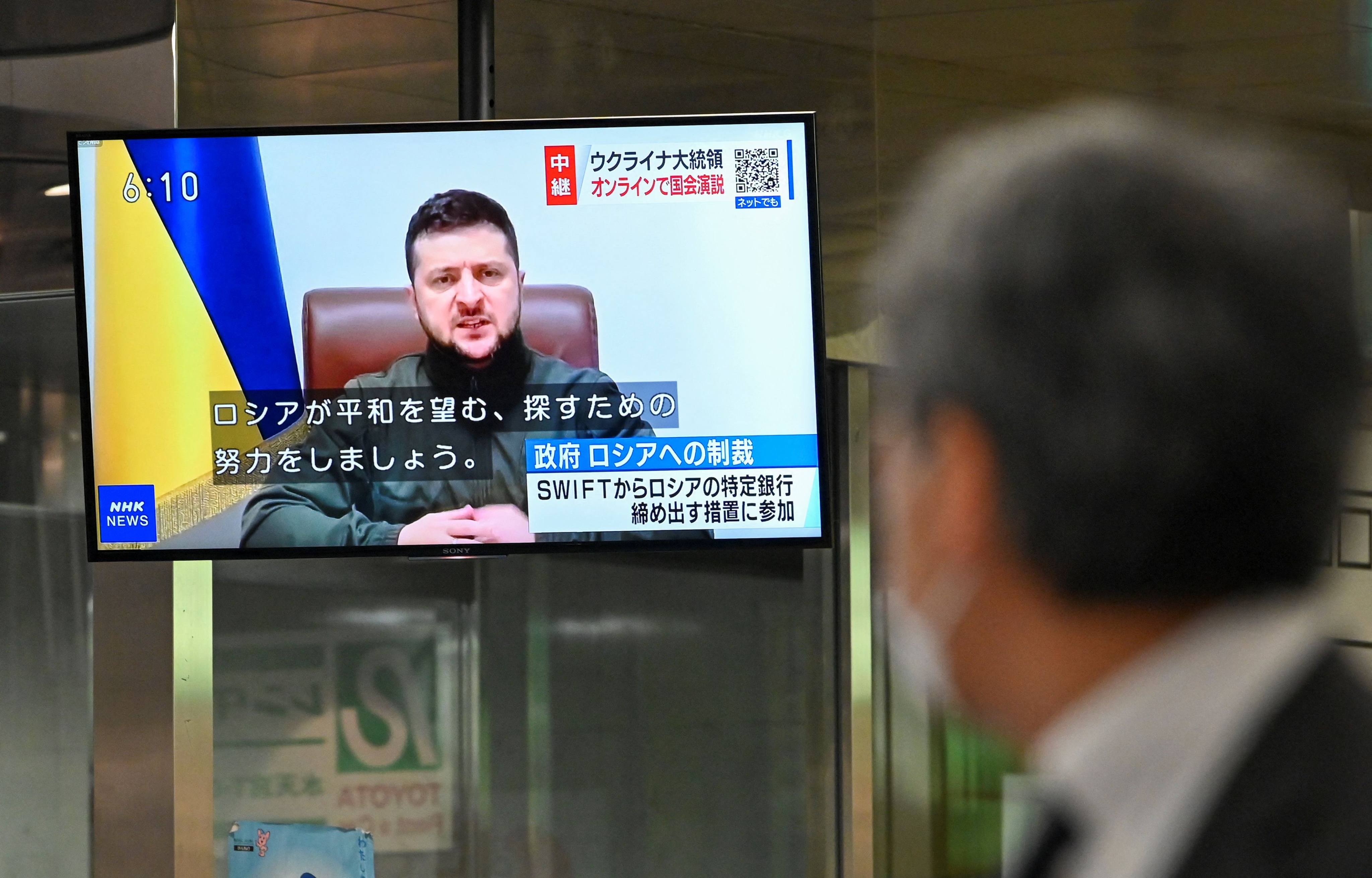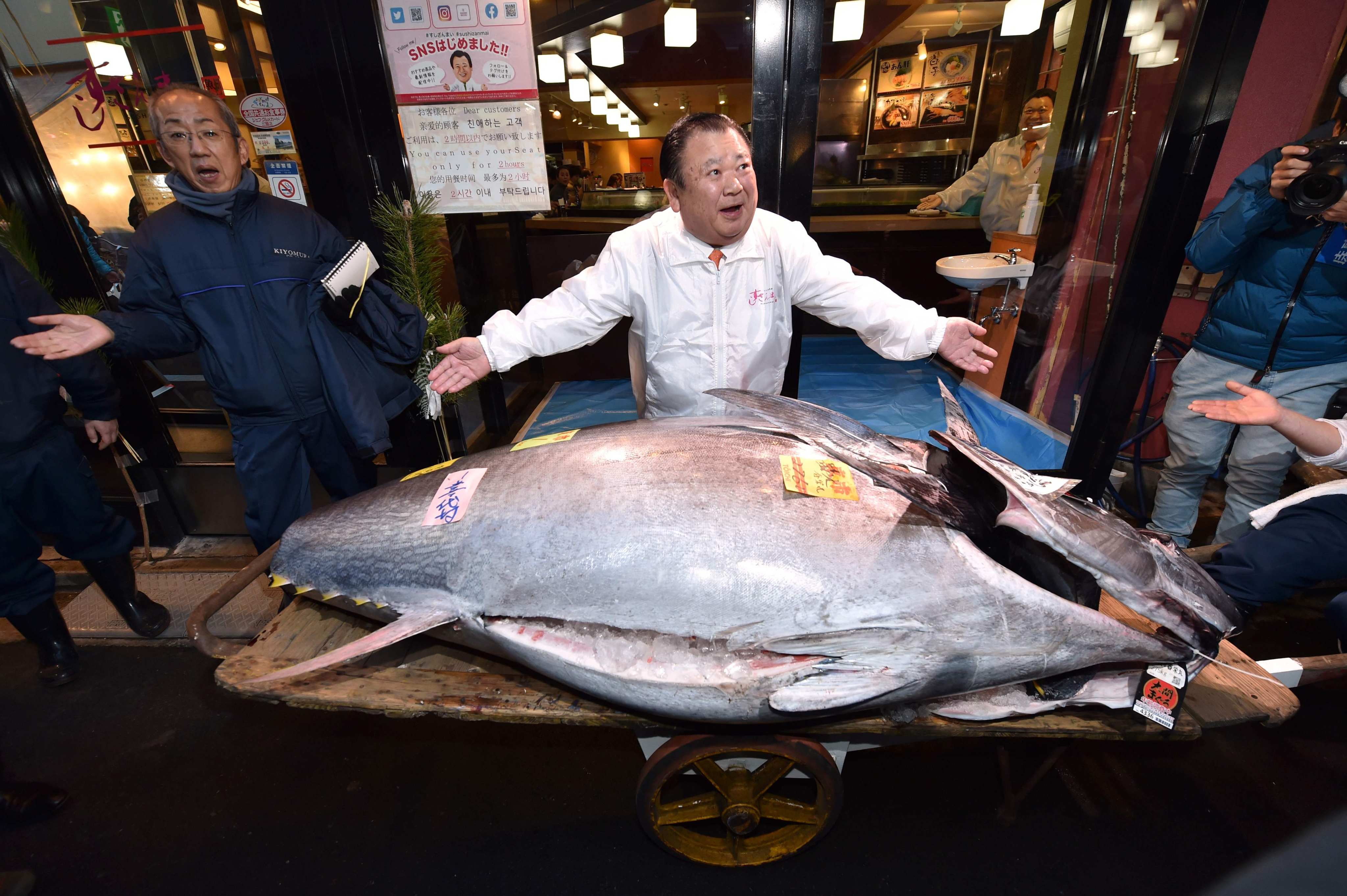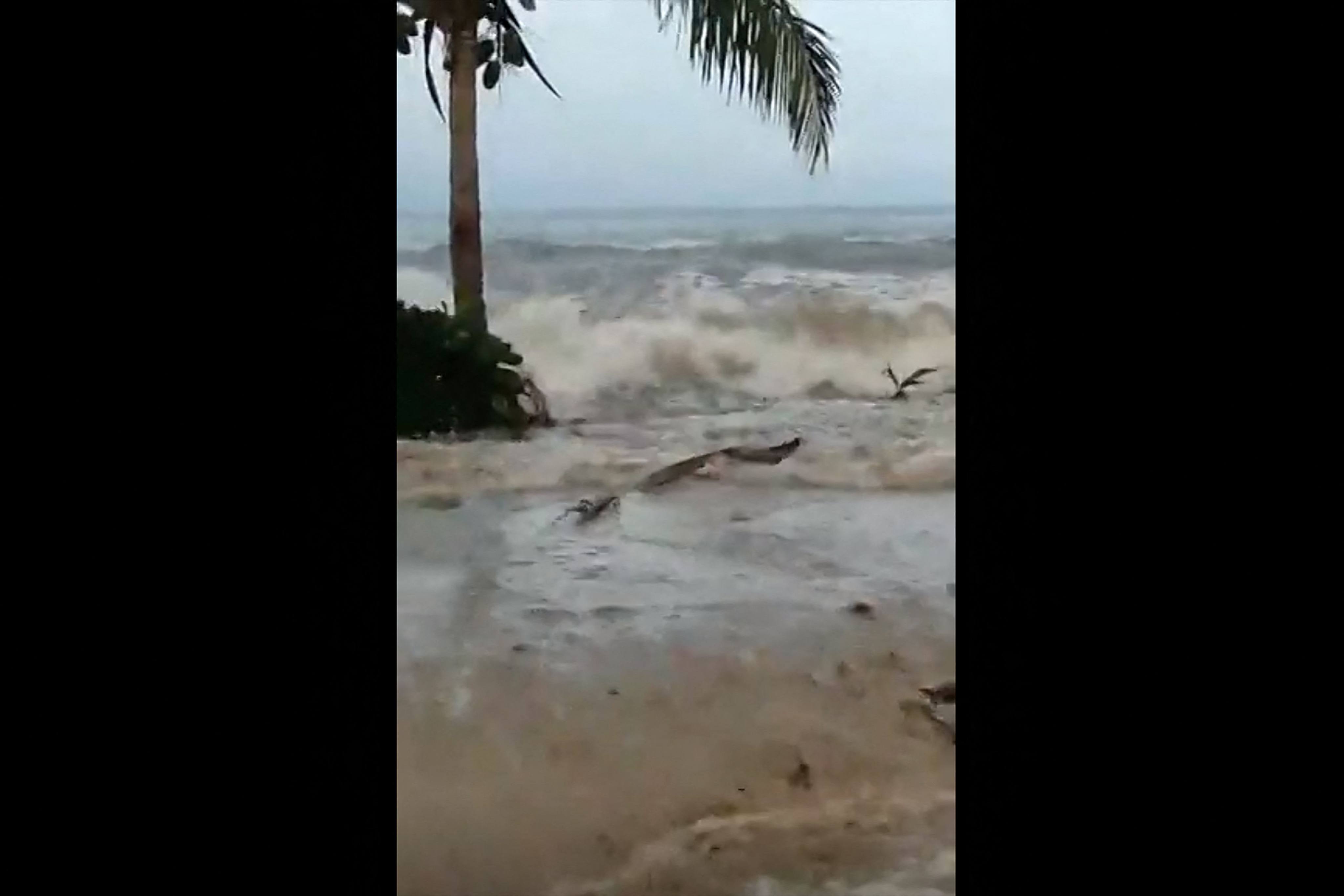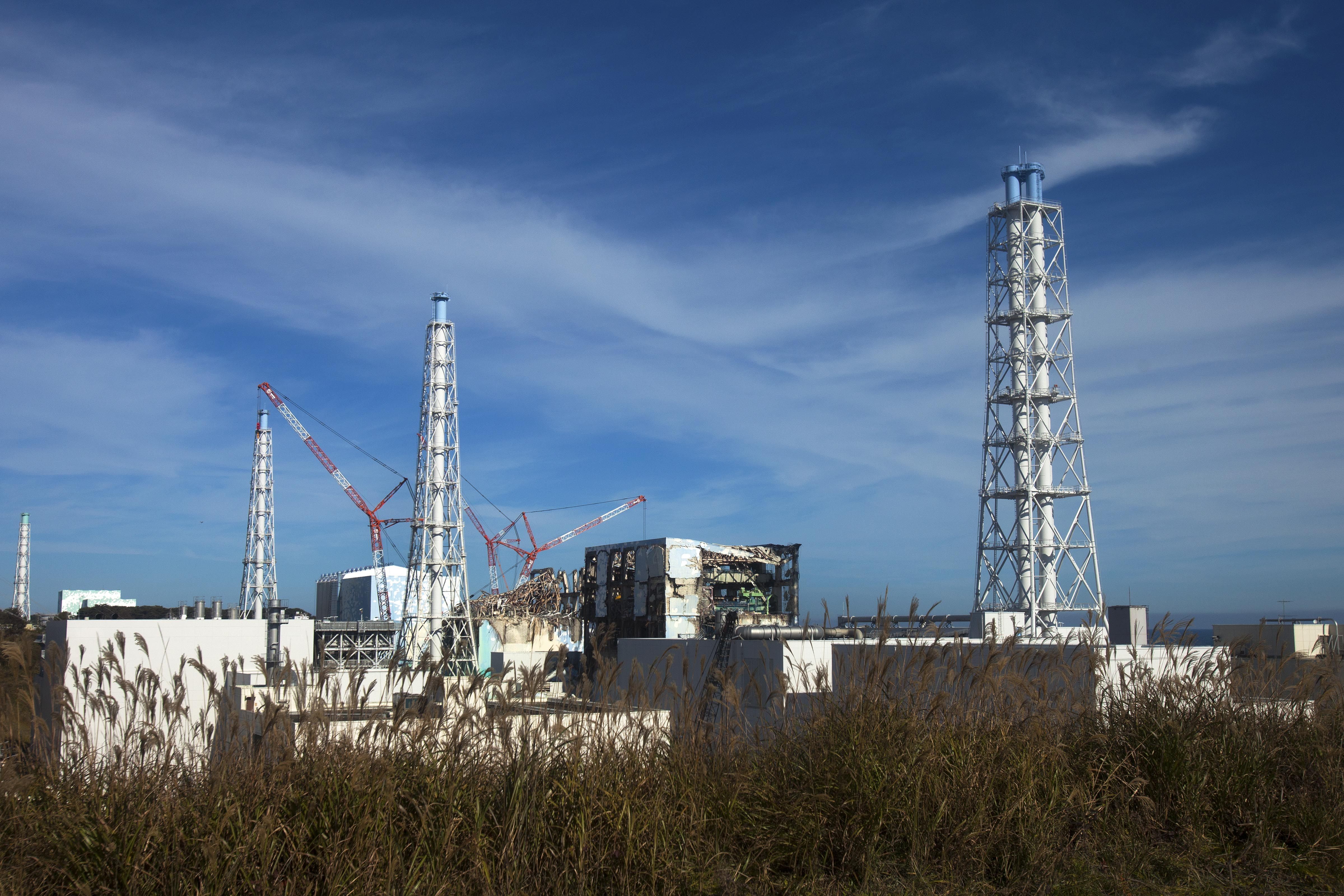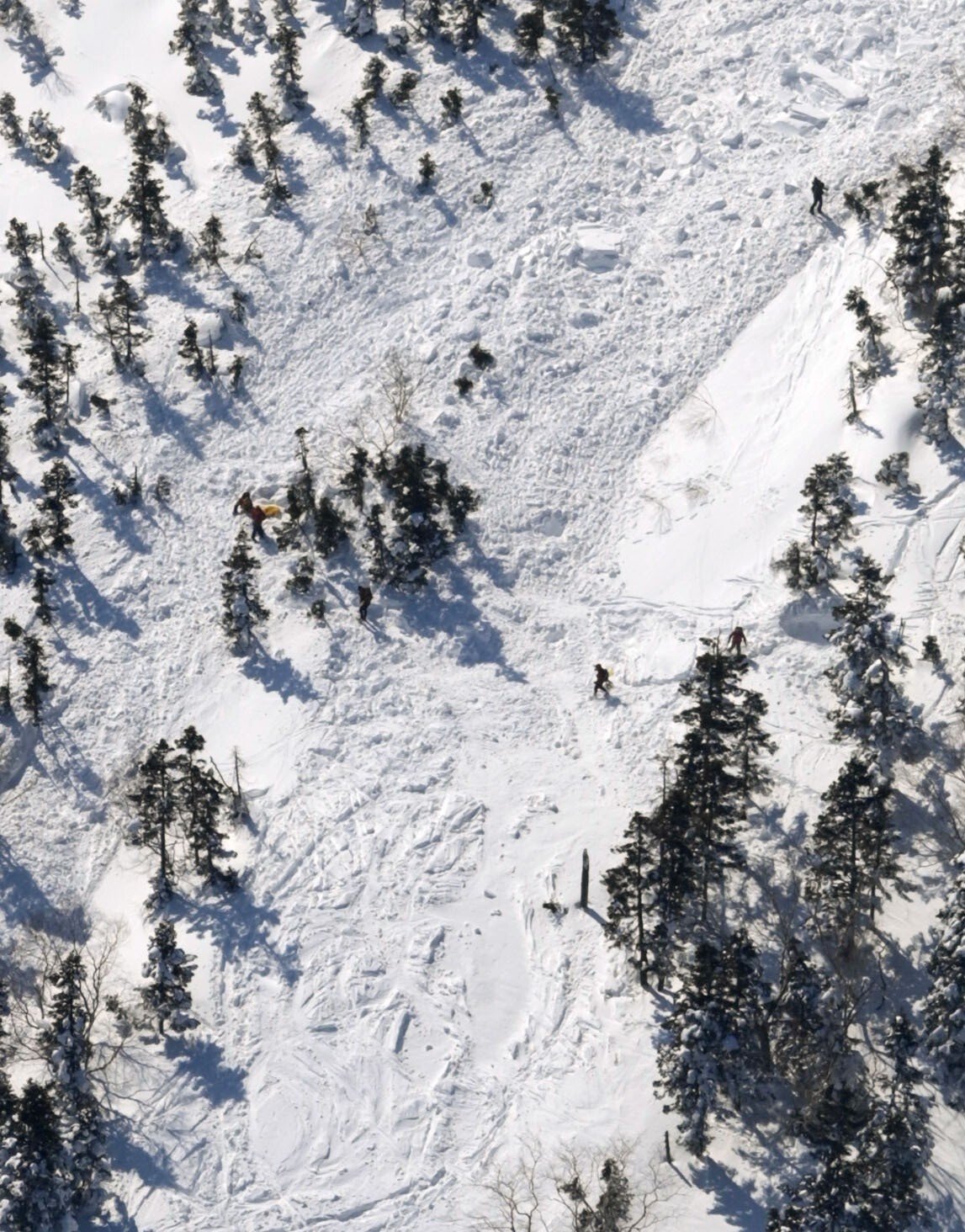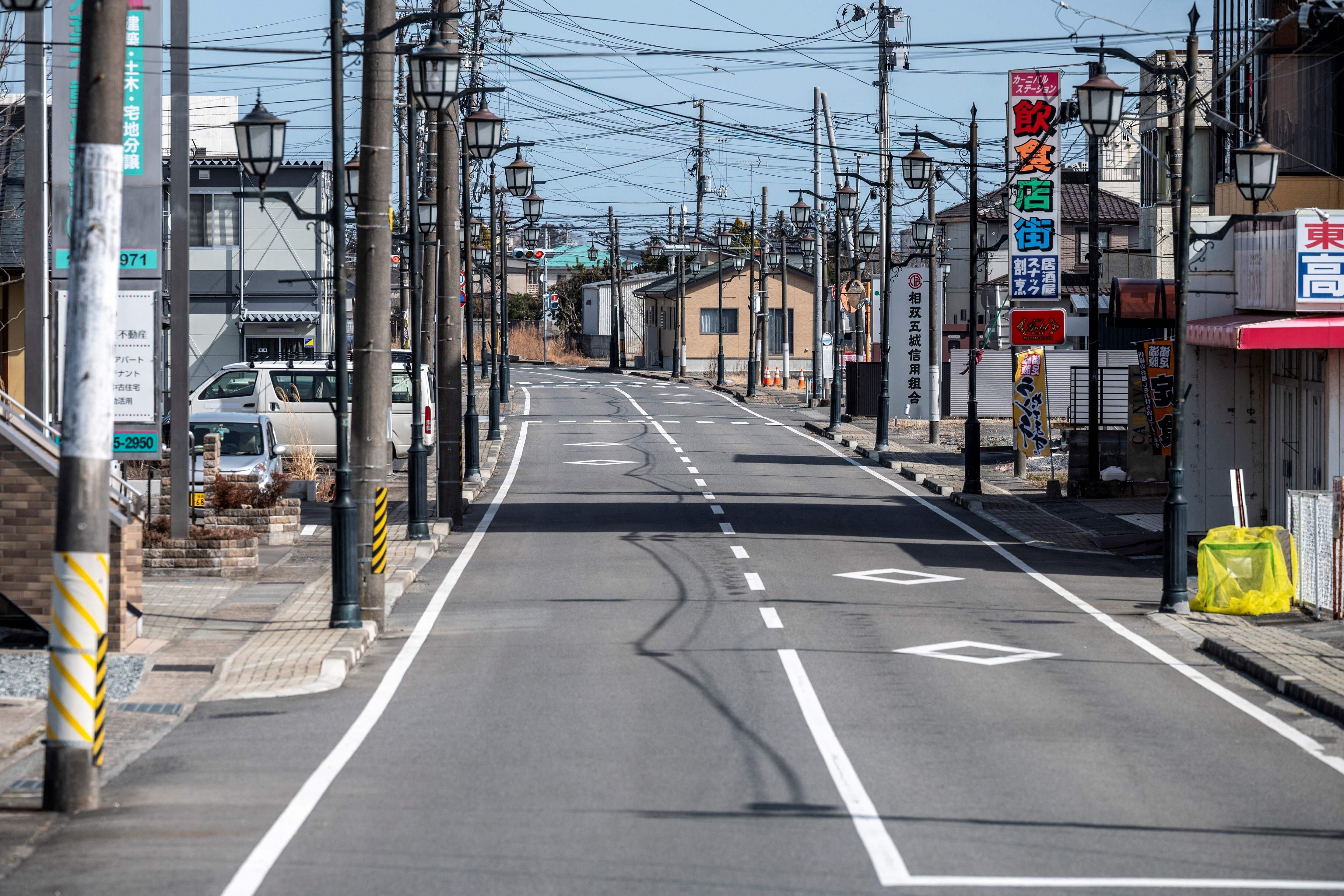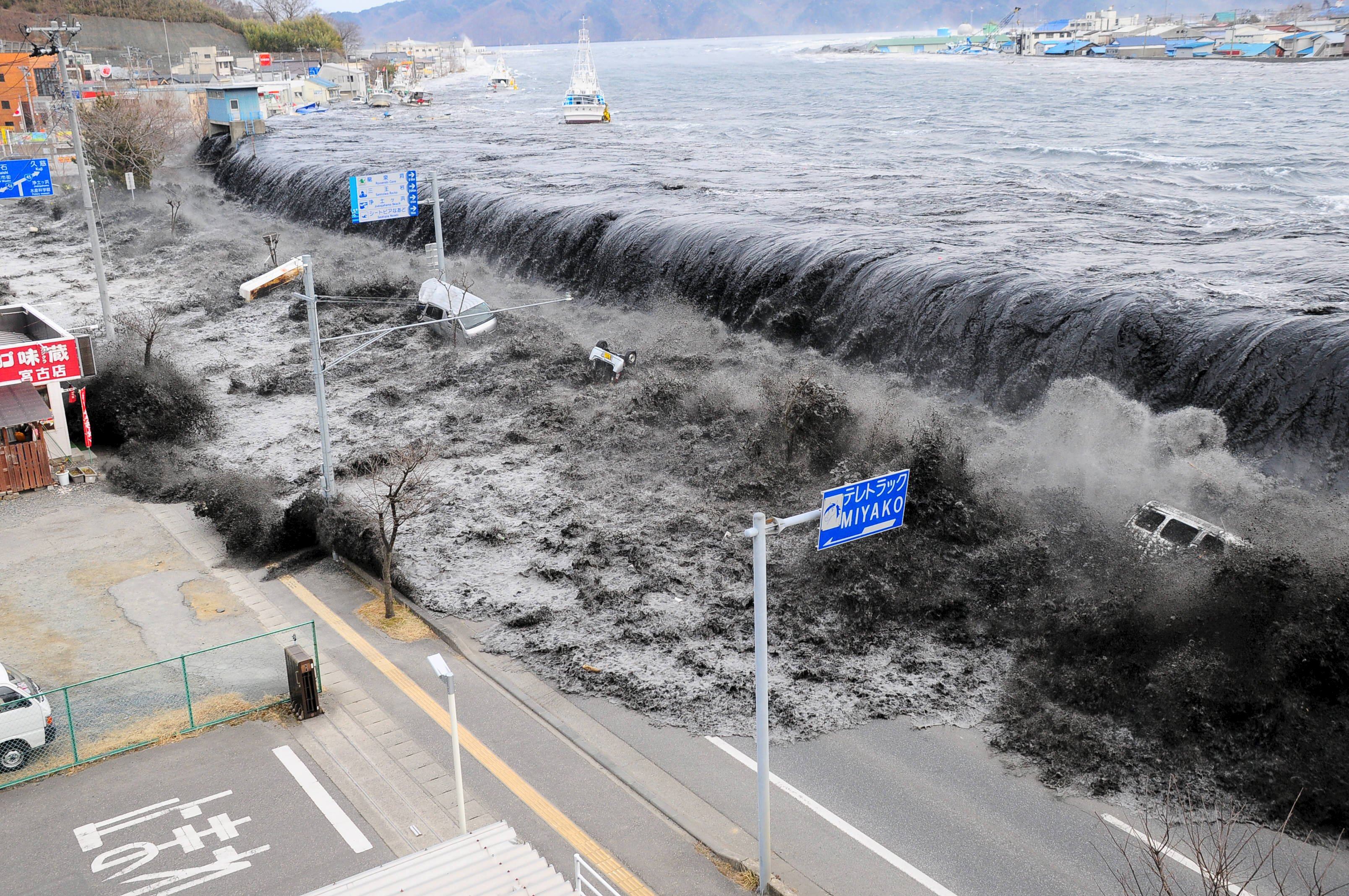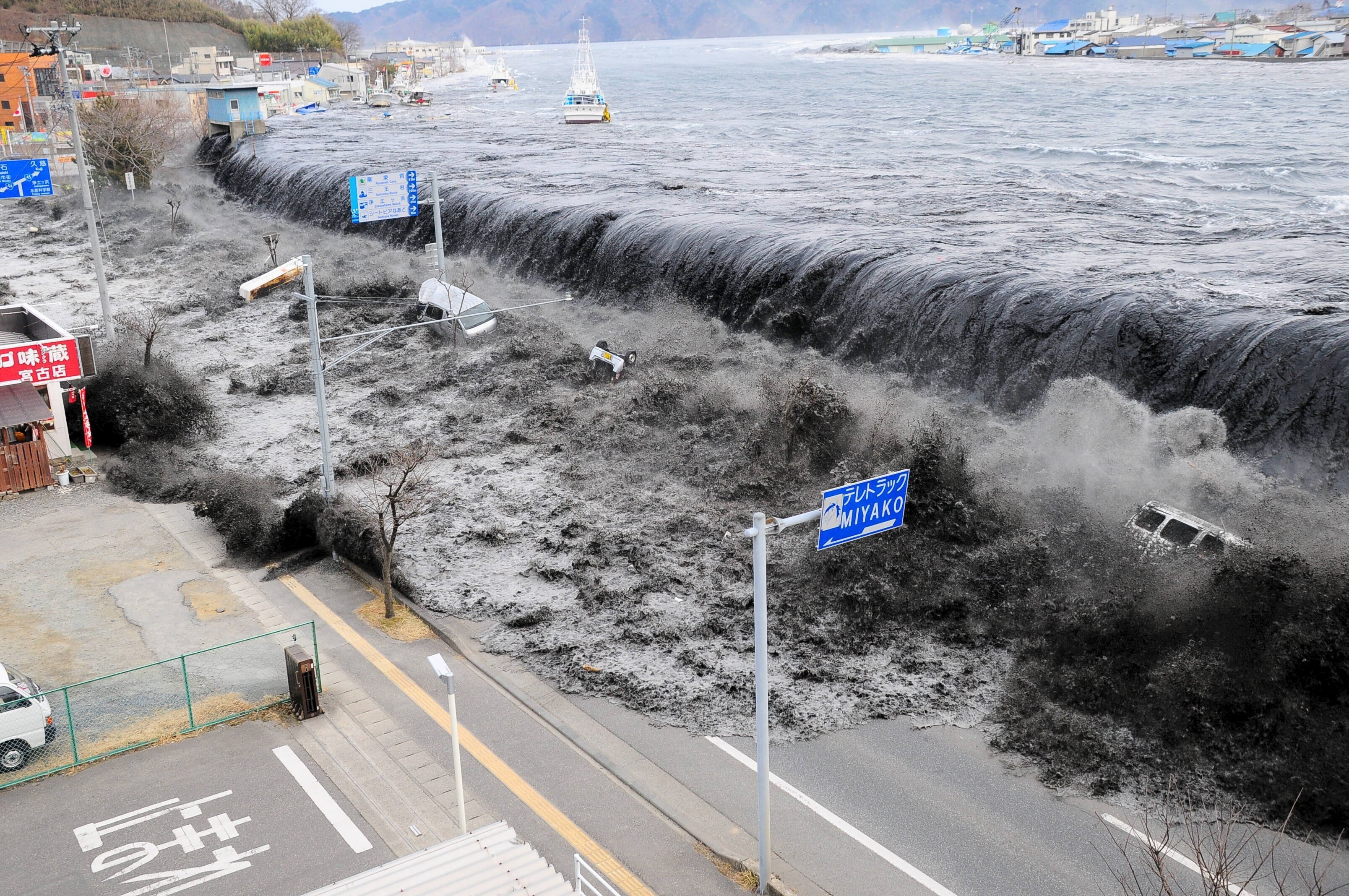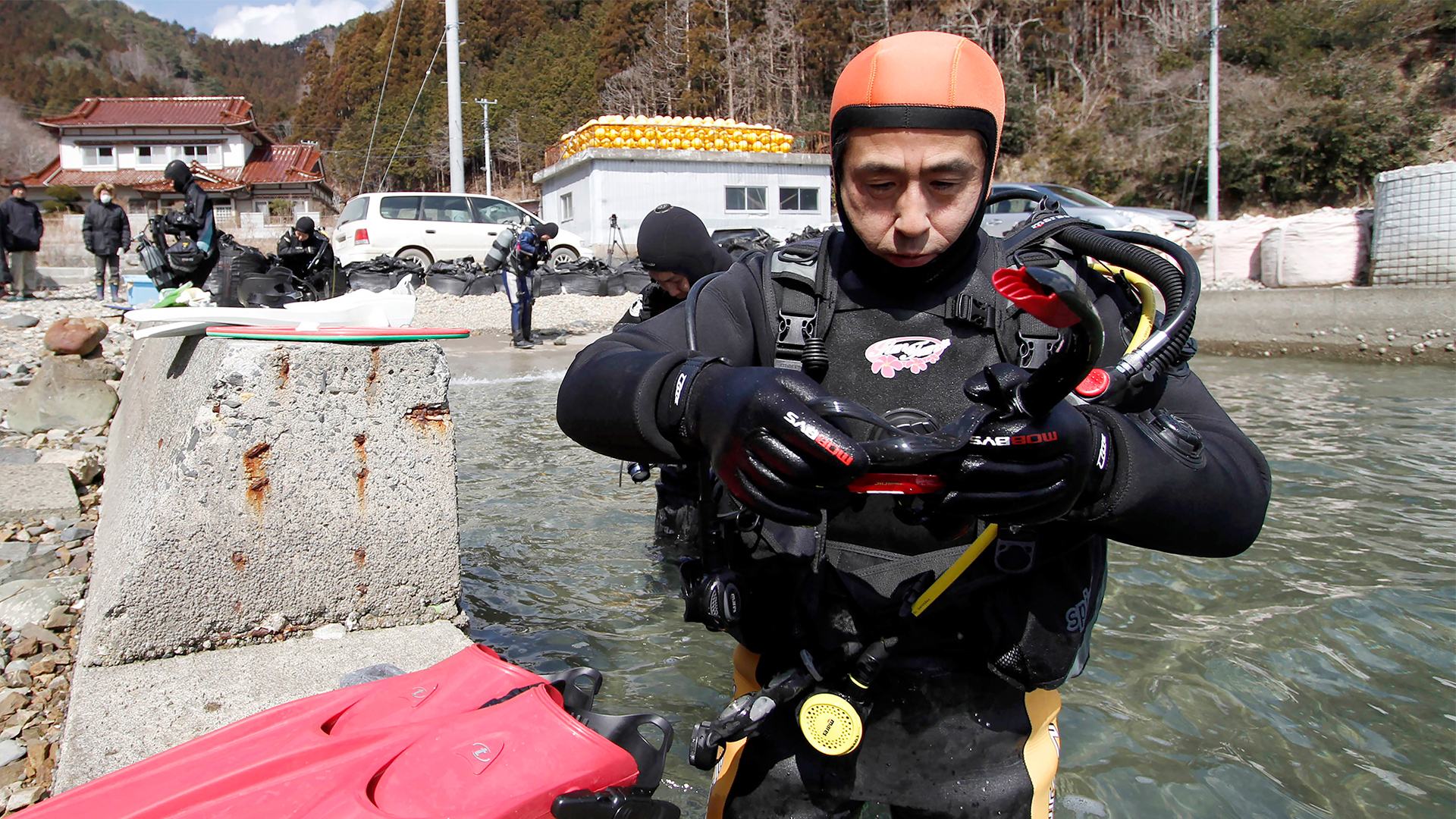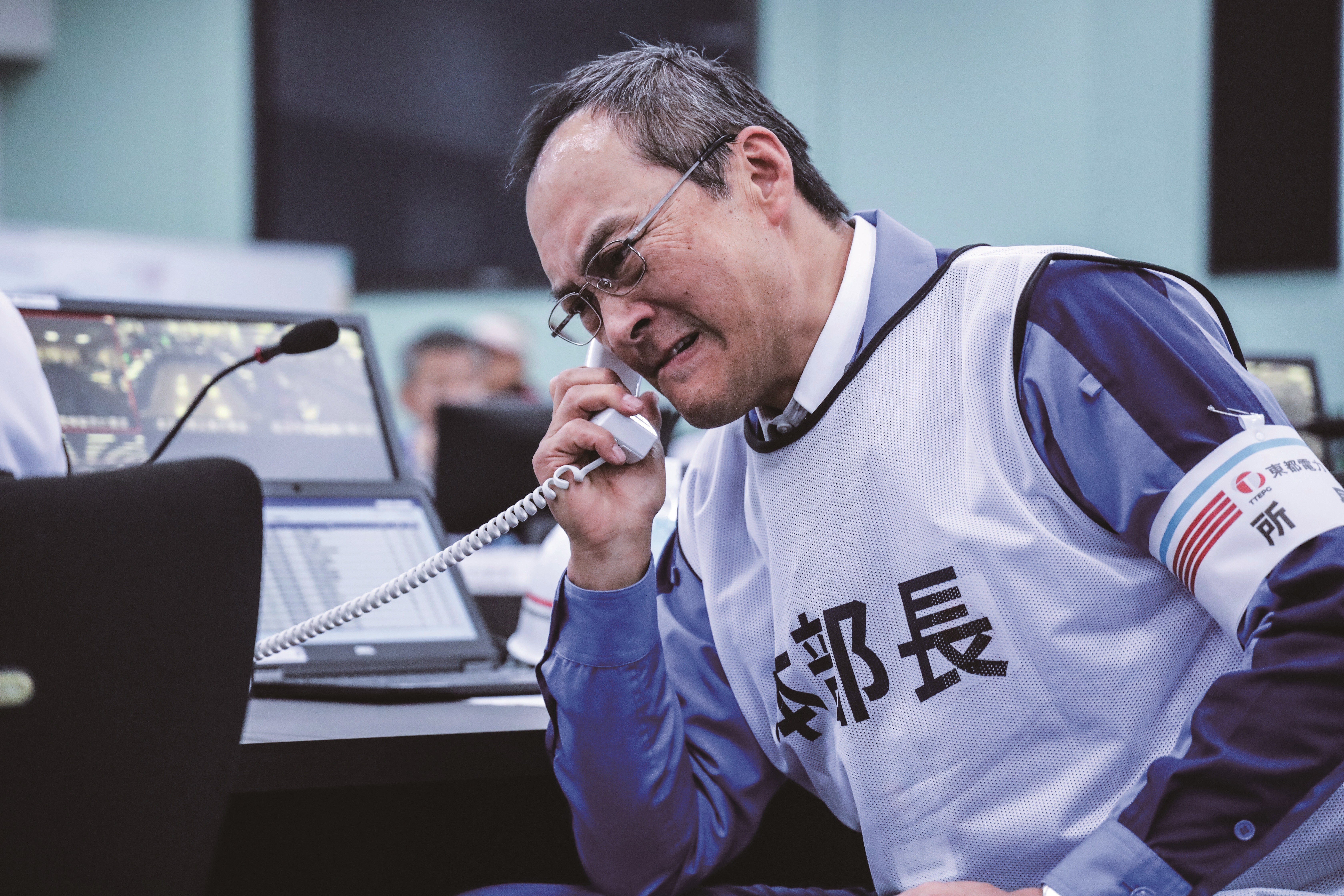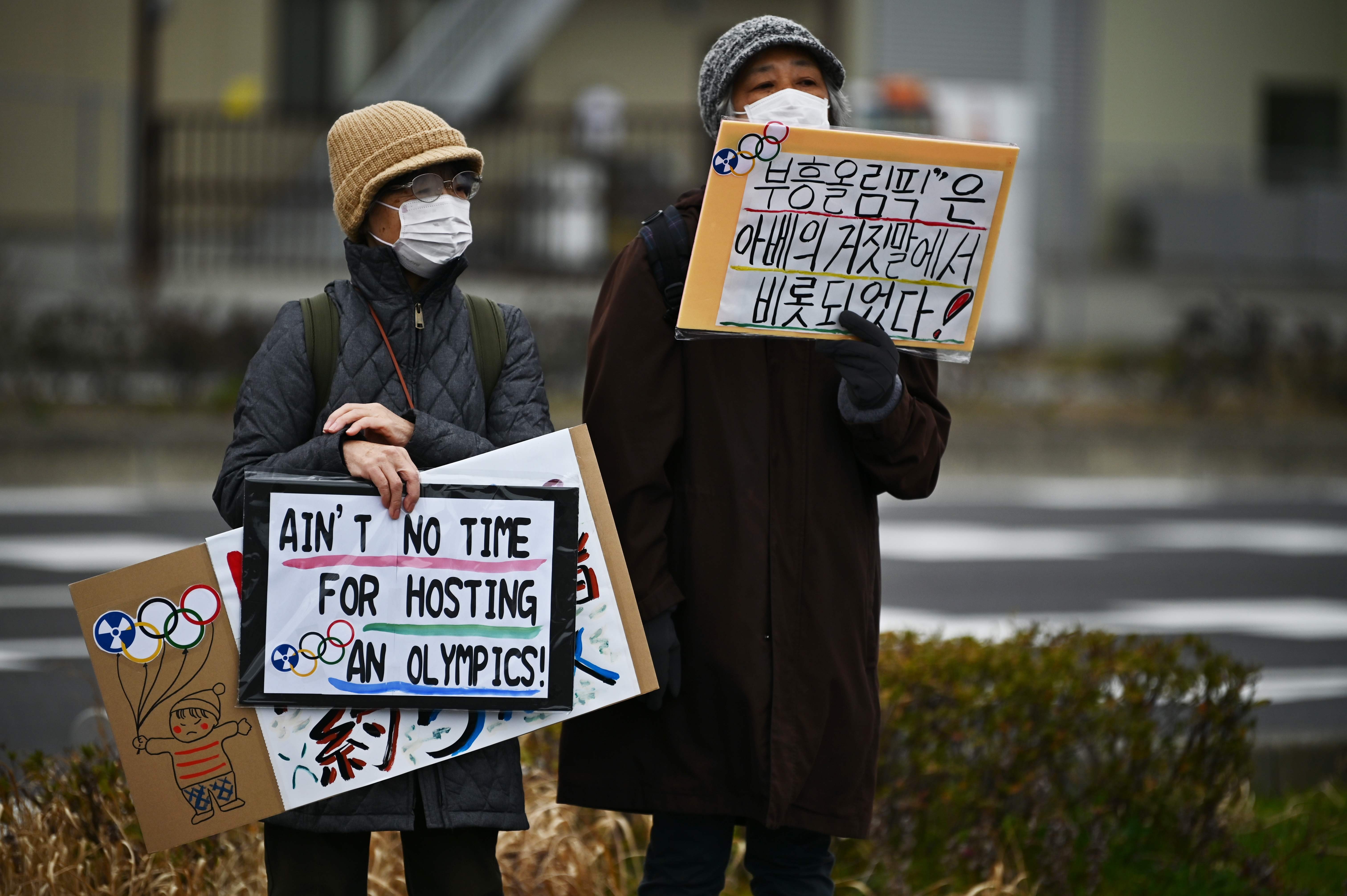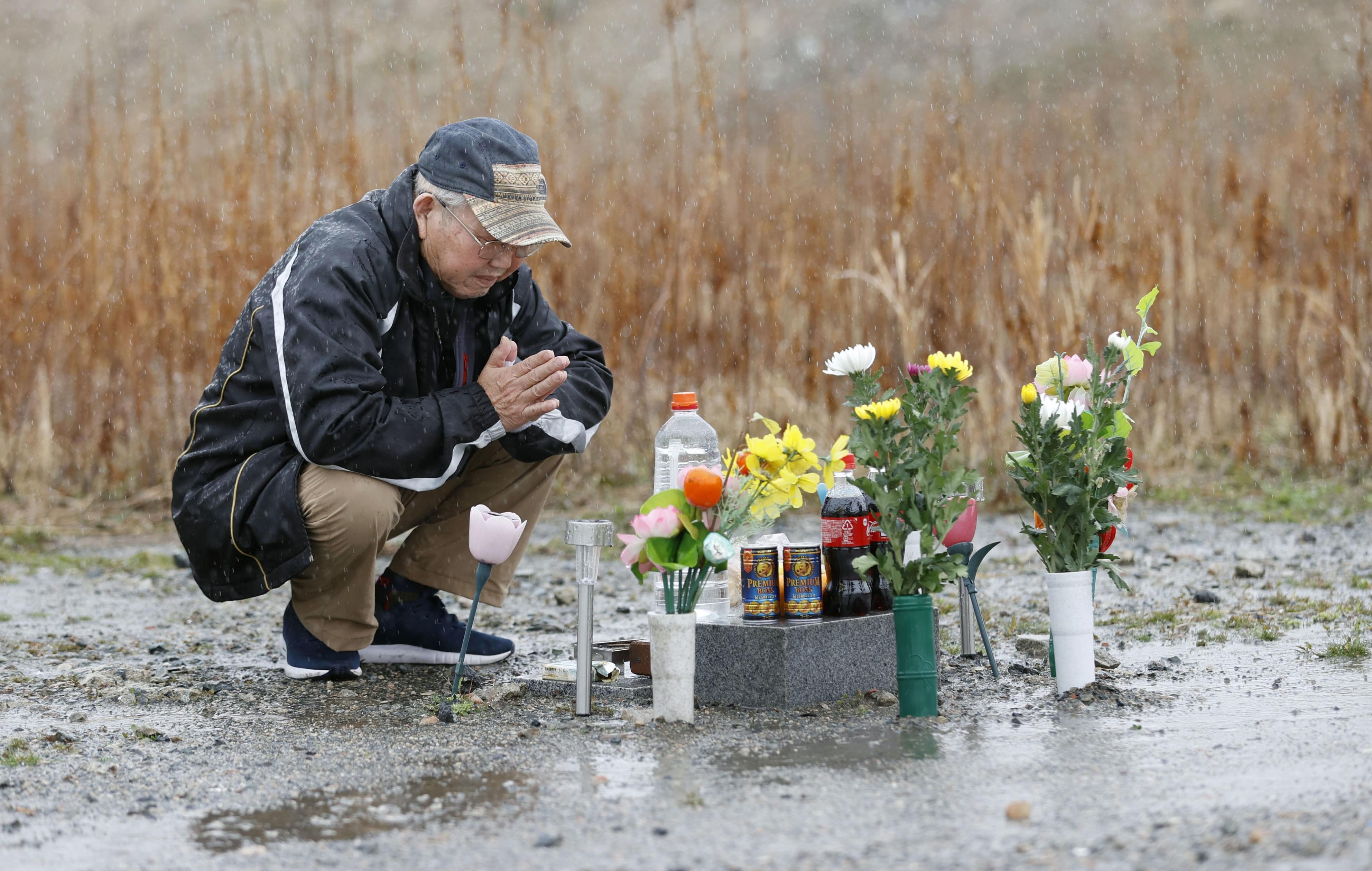
Topic
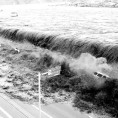
On March 11, 2011, a devastating 9.0 earthquake and tsunami struck Japan, claiming the lives of more than 15,000 people. It was the most powerful known earthquake ever to have hit Japan, and one of the five most powerful earthquakes in the world. In the aftermath, a state of emergency was declared following the failure of the cooling system at the Fukushima Daiichi Nuclear Power Plant, resulting in the evacuation of nearby residents. Radiation levels inside the plant were up to 1,000 times normal levels, and those outside the plant were up to eight times normal levels.
Plans to dump more than 1 million tonnes of treated fluid from destroyed nuclear plant in sea has caused an outcry in both China and South Korea, and greater transparency is called for.
Ten years ago a triple disaster struck northeast Japan that forced many countries to rethink their energy needs and generation methods.
Concerns over safety are understandable in the wake of the Fukushima disaster, but there is no cleaner or more reliable source of energy
Residents of Katsurao village will be able to return to their homes on June 12 when an evacuation order that has been in place since the 2011 nuclear disaster will be lifted.
Ukrainian President Volodymyr Zelensky called for Tokyo to expand its trade embargo against Russia, alluding to 2011 tsunami that sparked a nuclear disaster; warned Russia will use chemical weapons.
The magnitude 7.4 tremor took place a week after the 11th anniversary of the March 2011 tsunami and nuclear disaster.
Growing Chinese appetites for sake, scallops and whisky have helped Japan boost its annual food exports by over 25 per cent, hitting its target of 1 trillion yen.
The Japan Meteorological Agency said a tsunami of around one metre reached its Pacific coastal areas after a massive underwater volcanic erupted in the South Pacific island country of Tonga.
The Michinoku Coastal Trail, in the Tohoku region of northeastern Honshu, takes hikers on a journey through beautiful lands devastated by the 2011 earthquake and tsunami.
Nuclear energy has been contentious in Japan, especially since a 2011 earthquake off the coast triggered a tsunami that smashed into a Fukushima nuclear power plant.
In 1964, the focus was on showcasing Japan’s return to the international community. This year, the country is seeking to rise above the pandemic and show it can safely pull off a spectacle of sporting excellence.
Politicians urge the Hong Kong government to be proactive in preventing a possible environmental and food crisis from spilling over to the city.
Five people were caught in the avalanche that occurred around 10am on the Nagano side of the mountain, with two injured and two unharmed.
Hong Kong researcher leading team monitoring radiation levels in Japanese town of Namie says many residents are still caught between abandoning their homes or risking their health to return.
Museums and the National Diet Library have collected millions of items to preserve memories of the earthquake, tsunami and nuclear disaster that shook Japan 10 years ago.
On March 11, 2011, a magnitude 9.0 earthquake struck off Japan’s northeast coast, triggering a tsunami that killed more than 18,000 people.
A new documentary based on hotline calls from women about sexual violence in emergency shelters after the earthquake and tsunami has attracted anger online.
Officials believe the 7.3-magnitude earthquake off Japan’s Fukushima was an aftershock of the 9.0 quake that sparked a tsunami and nuclear meltdown.
The seismic centre of the quake that jolted the region was off Aomori prefecture.
Ken Watanabe and Koichi Sato star in this blow-by-blow account of the efforts of workers at the Fukushima nuclear power plant in Japan to avoid a reactor meltdown after the 2011 earthquake and tsunami.
Greenpeace found 45 hotspots with radiation levels exceeding official decontamination targets, and recontamination after recent typhoons, even as the Japanese government presses ahead with its normalisation campaign ahead of the Tokyo Olympics.
More than 15,000 people died in a powerful earthquake and resulting tsunami on March 11, 2001, which also caused the nation’s worst nuclear accident.








